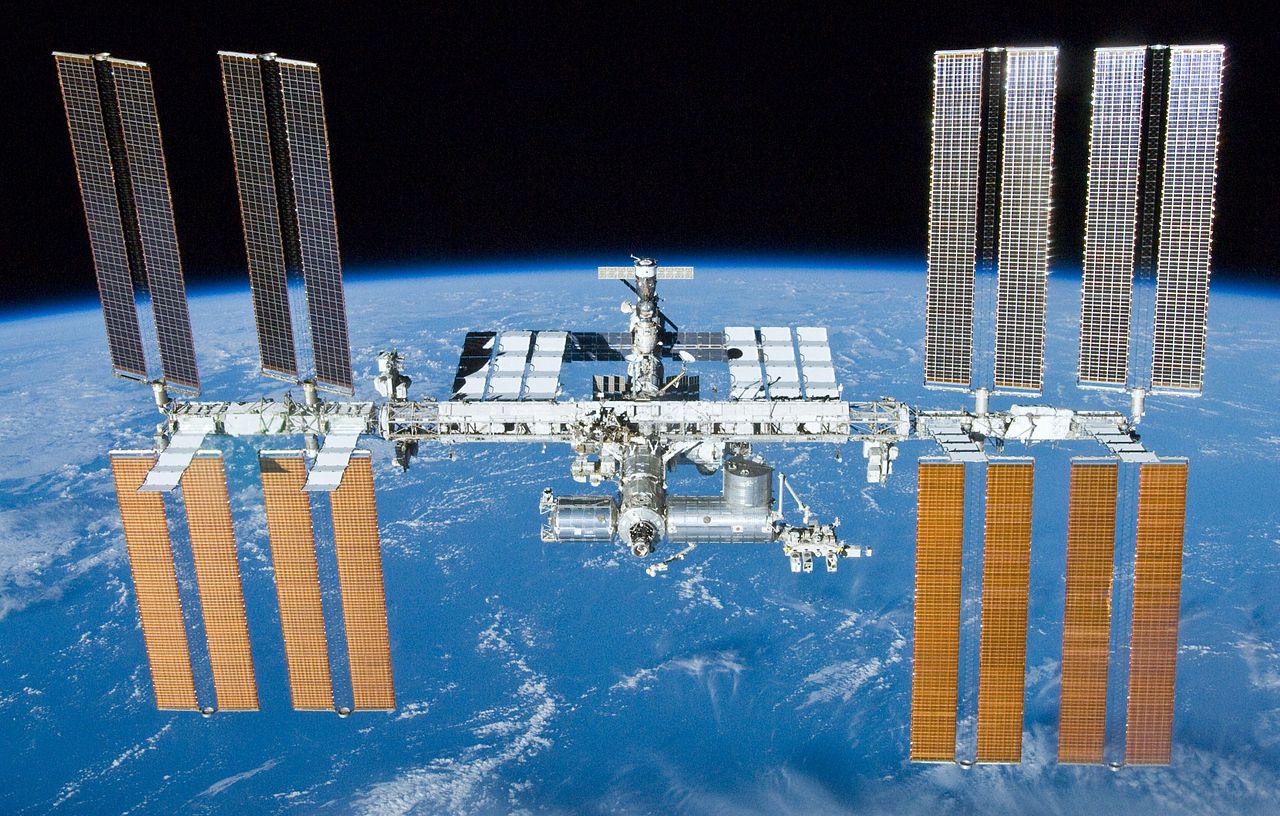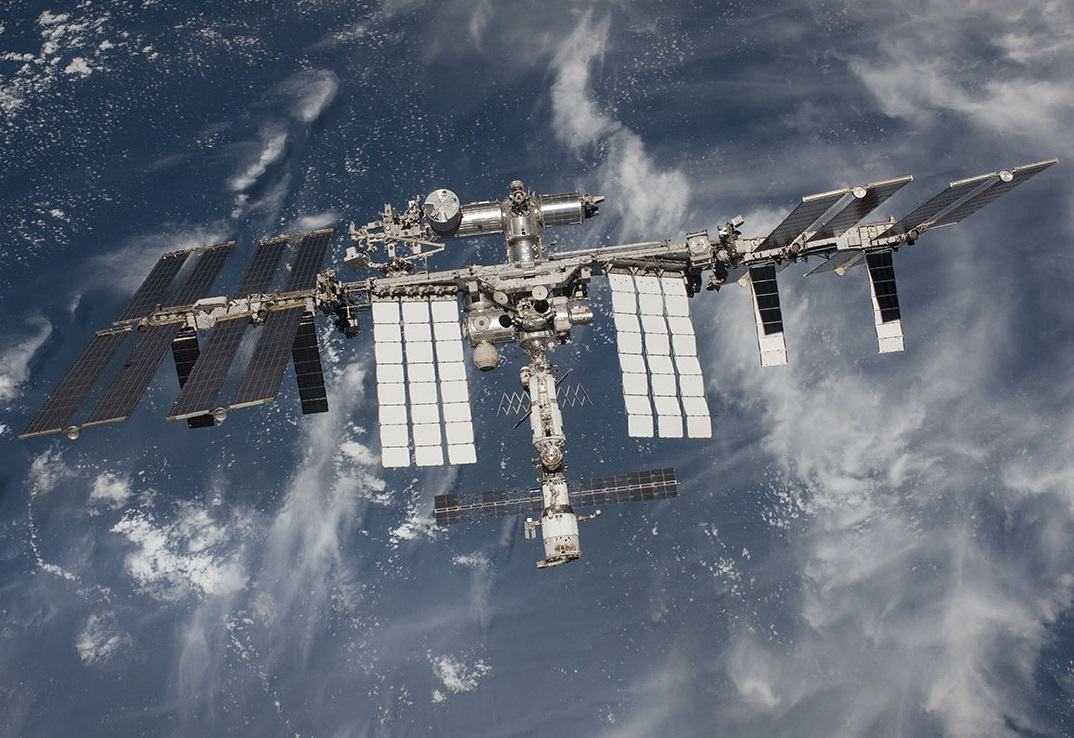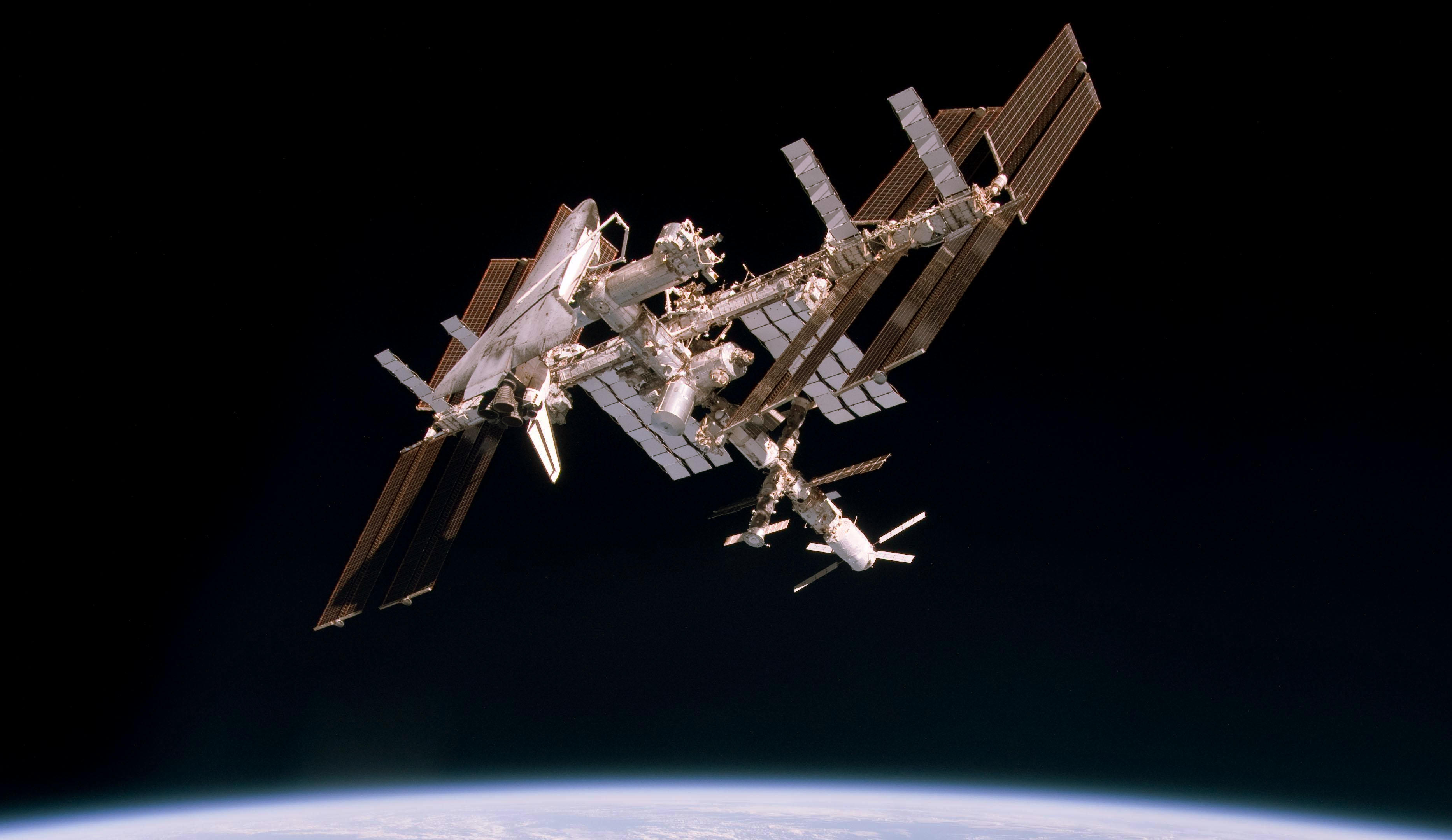There are a number of health risks that come with going to space. Aside from the increased exposure to solar radiation and cosmic rays, there are the notable effects that microgravity can have on human physiology. As Scott Kelly can attest, these go beyond muscle and bone degeneration and include diminished organ function, eyesight, and even changes at the genetic level.
Interestingly enough, there are also a number of potential medical benefits to microgravity. Since 2014, Dr. Joshua Choi, a senior lecturer in biomedical engineering at the University of Technology Sydney, has been investigating how microgravity affects medicine and cells in the human body. Early next year, he and his research team will be traveling to the ISS to test a new method for treating cancer that relies on microgravity.
Continue reading “Cancer Seems to Have Trouble Spreading in Microgravity”








